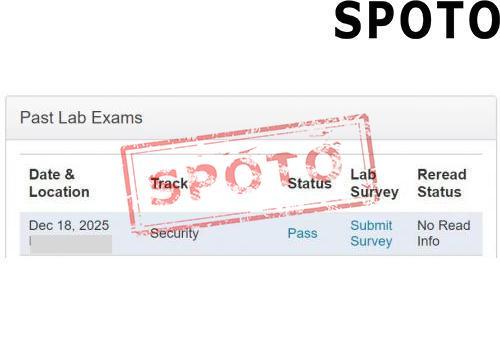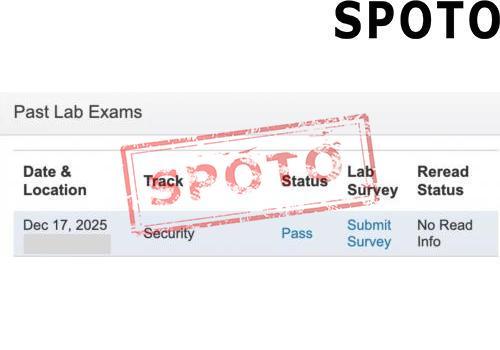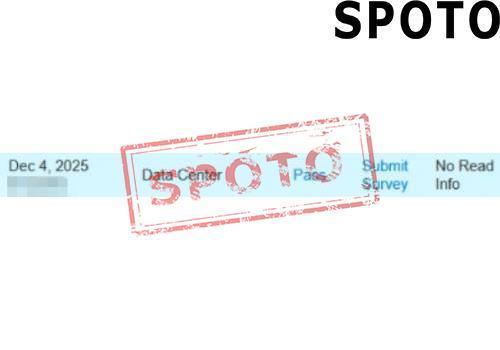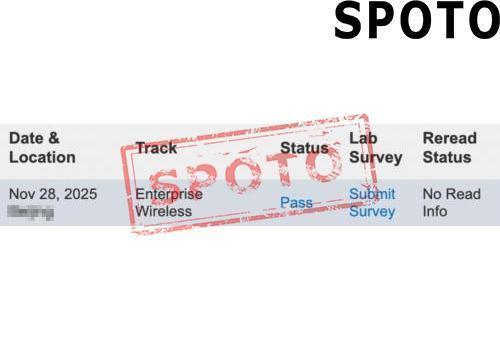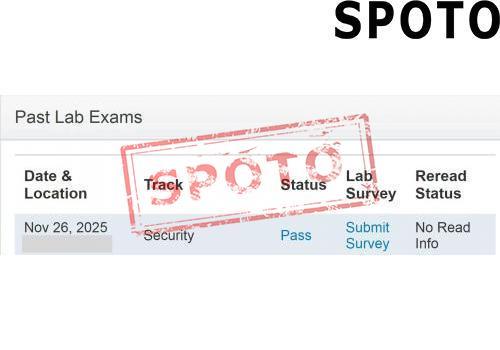
Table of Contents
In the constantly changing field of information technology, the CCIE (Cisco Certified Internetwork Expert) certification is essential for networking professionals. It represents deep knowledge and expertise in networking technologies, offering valuable career opportunities and professional recognition. However, to maintain the certification's currency, Cisco requires recertification every three years. This process reaffirms professionals' skills and commitment to ongoing learning. This article will explore the significance of CCIE recertification and provide insights into the various recertification options and effective preparation strategies for networking experts.
Why CCIE Recertification Is Important?
The CCIE certification remains valid for a duration of three years, requiring holders to ensure the upkeep of their certification status through recertification before the end of each cycle. The recertification process encompasses not only the update of previous knowledge and skills but also the acquisition and mastery of evolving technology trends. Cisco offers a range of pathways for recertification, such as undertaking a new written exam, a lab exam, or accumulating a specific number of continuing education credits. These options afford flexibility for certificate holders to select the most suitable method of recertification based on their career advancement goals and areas of interest.
The Importance of CCIE Recertification
It's crucial to keep CCIE certification current for career progression. Firstly, a valid CCIE certification demonstrates an individual's ongoing dedication and updated expertise, which is crucial for staying competitive in the job market. Secondly, in light of rapidly advancing technology, continuous learning about new network technologies and solutions is necessary for maintaining a leading professional edge. Additionally, a valid CCIE certification is a requirement for many executive roles and programs, enabling professionals to access a wider range of career opportunities and potentially better compensation packages.
How to Recertificate the CCIE Certification?
To recertificate CCIE Certification, there are two options available. The first option is to take the exam only, while the second option is to combine taking the exam with completing Continuing Education credits. These two pathways provide flexibility for CCIE professionals to maintain their certification status.
Exam Only
For CCIE recertification, there are several exam options available, including both written and lab exams. The recertification process is as follows:
- Written Exam at the Expert Level: To recertify, you have the option of taking the CCDE Written Exam v3.0 (Exam Code: 400-007), which is priced at $450.
Stay ahead with the latest 400-007 exam dumps!
- Lab Exam at the Expert Level: You can choose to take any Expert Level LAB Exam, such as CCIE EI, CCIE SP, CCIE SEC, CCIE DC, CCIE Wireless, or CCIE Collaboration, with an exam fee of $1600 USD.
Stay ahead with the latest CCIE Lab dumps!
- NP-Level Written Exams: Alternatively, you can pass any three concentration NP-level written exams (exam code: any three written exams starting with 300-XXX, with no orientation restrictions), each priced at $300, for a total of $900.
Stay ahead with the latest CCNP concentration exam dumps!
- NP Core Written Exam + Concentration Written Exam: Another option is to pass either the NP Core Written Exam plus any concentration Written Exam (Exam Code: 350-XXX + 2 Written Exams of 300-XXX) for a total fee of $700. This method is commonly used for network engineers looking to re-authenticate and also qualifies for CCNP certification in the respective field.
Stay ahead with the latest CCNP concentration exam dumps!
Combine Exam & Continuing Education
CCIE holders have several options for recertification through the accumulation of credits and exam completion. They can earn 120 credits, or earn 40 credits and pass one technology core exam, or earn 40 credits and pass any two separate professional concentration exams. Additionally, they can earn 80 credits and pass any one professional concentration exam. These options provide flexibility for CCIE holders to demonstrate their continued expertise and knowledge in the field.
How to Get Continuing Education Credits?
Maintaining CCIE certification through continuing education credits is a versatile option that allows professionals to accrue the necessary credits by engaging in a range of training and activities. The following outlines the process for recertifying CCIE via continuing education credits:
- Enrollment in Continuing Education Programs: CCIE/CCDE certification holders must first enroll in Cisco's continuing education programs. Subsequently, they can earn credits by participating in a variety of learning programs.
- Selection of Learning Programs: Certifiers can choose from diverse options such as self-paced online courses, instructor-led training, content authoring, Cisco Live training, and more. These learning activities are intended to assist professionals in updating their skills and knowledge to keep pace with the swift development of technology.
- Accumulating Credits: Participation in the aforementioned learning programs enables certifying personnel to earn corresponding credits. For instance, Cisco Digital Learning Library's online courses can offer 12-50 credits, while Professional-Level Training Courses can provide up to 70 credits. Typically, 120 credits are required for recertification.
- Submitting an Application: Following the completion of the program of study and earning the necessary credits, certifying personnel must submit an application through the continuing education program portal. This platform allows certifiers to track their credit progress and apply for recertification upon meeting the requirements.
- Payment of Administrative Fee: Certifying officers are required to pay a $300 administrative fee when earning the necessary credits and preparing to submit a recertification application. This fee is part of the recertification process, similar to the process for recertifying after passing a written exam.
- Credit Validity Period: It is important to note that credits earned through continuing education remain valid for three years from the acquisition date. If a new recertification cycle begins, previous credits will be forfeited. Therefore, certifying personnel need to apply these credits for recertification within the validity period.
- Additional Note: Professionals holding multiple CCIE certifications may earn 100 credits through continuing education programs, which can be used to recertify all CCIE certifications they hold. Additionally, CCIE certification holders of Emeritus status can regain Active status through credits earned in continuing education programs.
Recertificate Your CCIE with SPOTO
After a thorough examination of the various pathways available for CCIE recertification, it becomes evident that consistent professional development and ongoing learning are crucial for upholding the certification's currency. For network engineers aiming for professional advancement and competitiveness within the industry, recertification not only serves as a necessity but also presents an opportunity to update their knowledge, acquire new skills, and stay informed about the latest networking technologies.
Having a legacy of over 20 years in education, SPOTO is dedicated to delivering top-notch educational materials and assistance for web professionals. Through real-time updates of written exam dumps and Lab dumps, SPOTO ensures that candidates are well-prepared for the CCIE exam and equipped to succeed in a real examination environment.
Furthermore, SPOTO offers a wide range of learning resources and tutoring services tailored to cater to the diverse needs of candidates, enabling them to successfully pass recertification and continue to stay at the forefront of web technology. By choosing SPOTO, you are selecting a dependable partner to support you along your career journey.
We urge all network engineers to make the most of SPOTO's resources and actively prepare for recertification to safeguard the active status of their CCIE certification, thus maintaining a competitive edge in the fiercely competitive IT industry.
